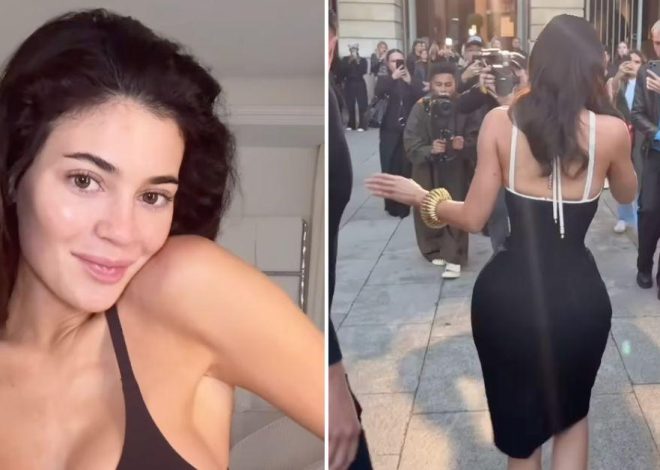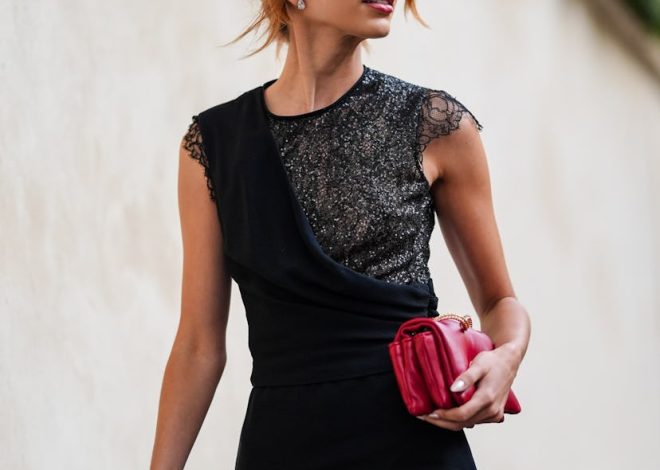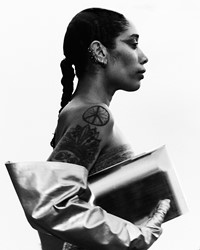
What women designers have brought to fashion
In early October the French luxury group Kering announced that the relatively unknown designer Seán McGirr would take over the brand Alexander McQueen, succeeding longtime creative director Sarah Burton. As many noted on social media at the time, it meant that Kering’s entire fashion portfolio — which includes industry powerhouses Gucci, Balenciaga, Saint Laurent and Bottega Veneta — is now overseen by men.
It’s against this backdrop that the Metropolitan Museum of Art’s Costume Institute is opening its autumn show, titled “Women Dressing Women”, which examines the staggering breadth and complicated legacy of female fashion designers.
It seeks less to question why, in an industry that shapes the way women are seen, it is so often men who do the shaping, and instead explores the vast contributions women have made to the modern fashion canon. (Which was a smart choice — by omitting men altogether, the exhibition is free to take more unexpected turns.)
More intriguingly, it examines the way in which fashion, as an industry, has allowed women a degree of autonomy — be it financial freedom or social agency — that would not have been afforded to them otherwise.
Mellissa Huber, the associate curator who organised the exhibition alongside Karen Van Godtsenhoven, says she was initially interested in a show on the interwar period. “It was a really unique moment in time where women outnumbered men as the creative leaders of fashion,” she says.
“It also happens to be a moment when there’s just incredible change and modernity to fashion and dress, which was very radical at the time,” she adds. “But also a lot of beauty, artisanship and techniques were still happening in parallel with this simplification and emancipation.”
That seed blossomed into a show that takes the long view of women’s effects on the industry, focusing on the period beginning in 1910 through today with 80 ensembles and objects from the museum’s deep permanent collection (an accompanying book will feature pieces dating back even further to the 18th and 19th centuries).
The show is broken into four parts — anonymity, visibility, agency and absence/omission — which provides a thoughtful way to impart cohesion to the vast, almost unruly scope of styles on display. How else to compare the avant-garde oddities of, say, Rei Kawakubo to the sensual abandon of Diane von Furstenberg? Or the peppy practically of Bonnie Cashin’s sportswear to the overblown glamour of the French haute couture?
I ask Huber if, during her research, she found some unifying aesthetic thread that ties together the work of women designers. “I personally don’t believe that gender necessarily informs one’s approach to design,” she says. “But I will say that I do think that lived experience does. Every designer, of course, comes from their own set of experiences: education, training, taste, experience within the body, their own class and race and nationality. Those things impact the way that a designer navigates the world and how they work.”
Gabrielle Chanel, for example, grew up destitute but then freed upper-class women of their corsets and fripperies by dressing them in chic, straightforward clothes inspired by the working class. Sonia Rykiel started her career making maternity clothes, because she couldn’t find any she liked, before launching an eponymous label that came to define a certain French nonchalance.


The show looks at how women used design to reclaim the body — in the way that Kawakubo, of Comme des Garçons, has often created garments that defiantly rejected traditional notions of beauty, or Claire McCardell’s thoughtful inclusion of pockets and adjustable fastenings that made women’s lives easier (again, that “lived experience”).
Forward-thinkingly, it also highlights a new generation of designers that are looking at the female form in inclusive terms, such as a dress from No Sesso that features adjustable cords and strings that enable it to fit a variety of body sizes, or Jasmine Søe of Customiety’s clothes for those with dwarfism.
And while the big-name designers that will resonate with contemporary audiences are very much represented, the show also gives voice to designers who have been sidelined, such as Ann Lowe, the black designer of Jacqueline Kennedy’s wedding dress, and Madeleine Lepeyre and Madame Madeleine, who designed under the shortlived label Madeleine & Madeleine in the early 20th century.


“We’re often told that people only respond to the most well-known names, and you need to do that to capture people’s attention,” Huber says. “But I’m really encouraged by how much people respond to the objects themselves and learning new stories.”
Collectively, the variety is astonishing. Look through the dizzying array of pieces on display — masculine tailoring, dreamy gowns, experimental ensembles and hedonistic flirtations — and one will walk away having a better understanding of the complexity of female representation and the platform that fashion has provided to them to outwardly express their inner desires.
If the exhibition has a shortcoming, it’s that there’s so much more to be said — each of the four sections could be its own standalone show.
“We really hope that our visitors will be struck by just the sheer range and breadth and magnitude of women who have made important contributions to the field,” Huber says. “There’s always so much more to discover beyond the surface or what’s been widely studied and celebrated.”
‘Women Dressing Women’ is at the Metropolitan Museum of Art in New York from December 7 to March 3
Follow FTWeekend on Instagram and X, and subscribe to our podcast Life and Art wherever you listen


